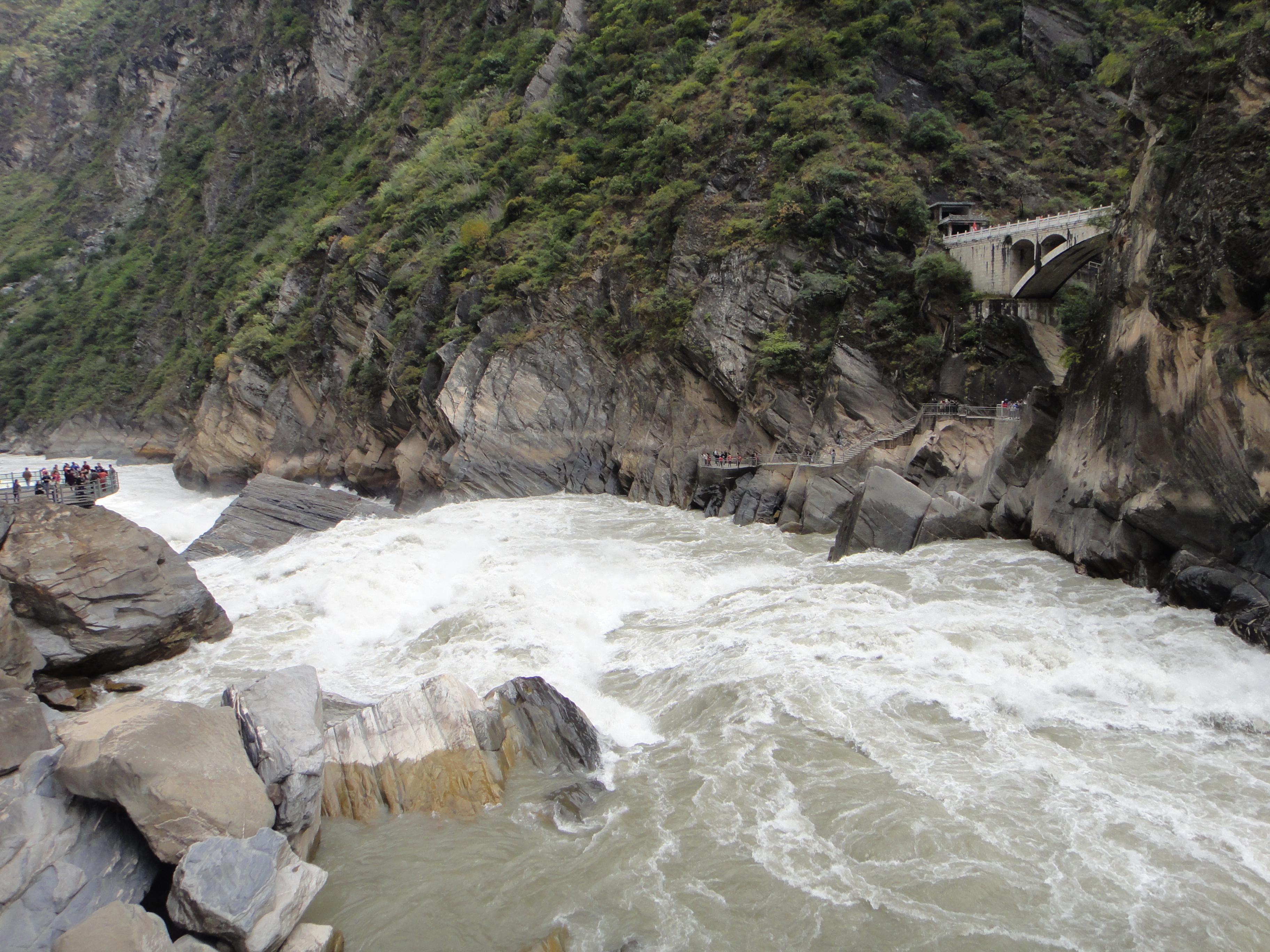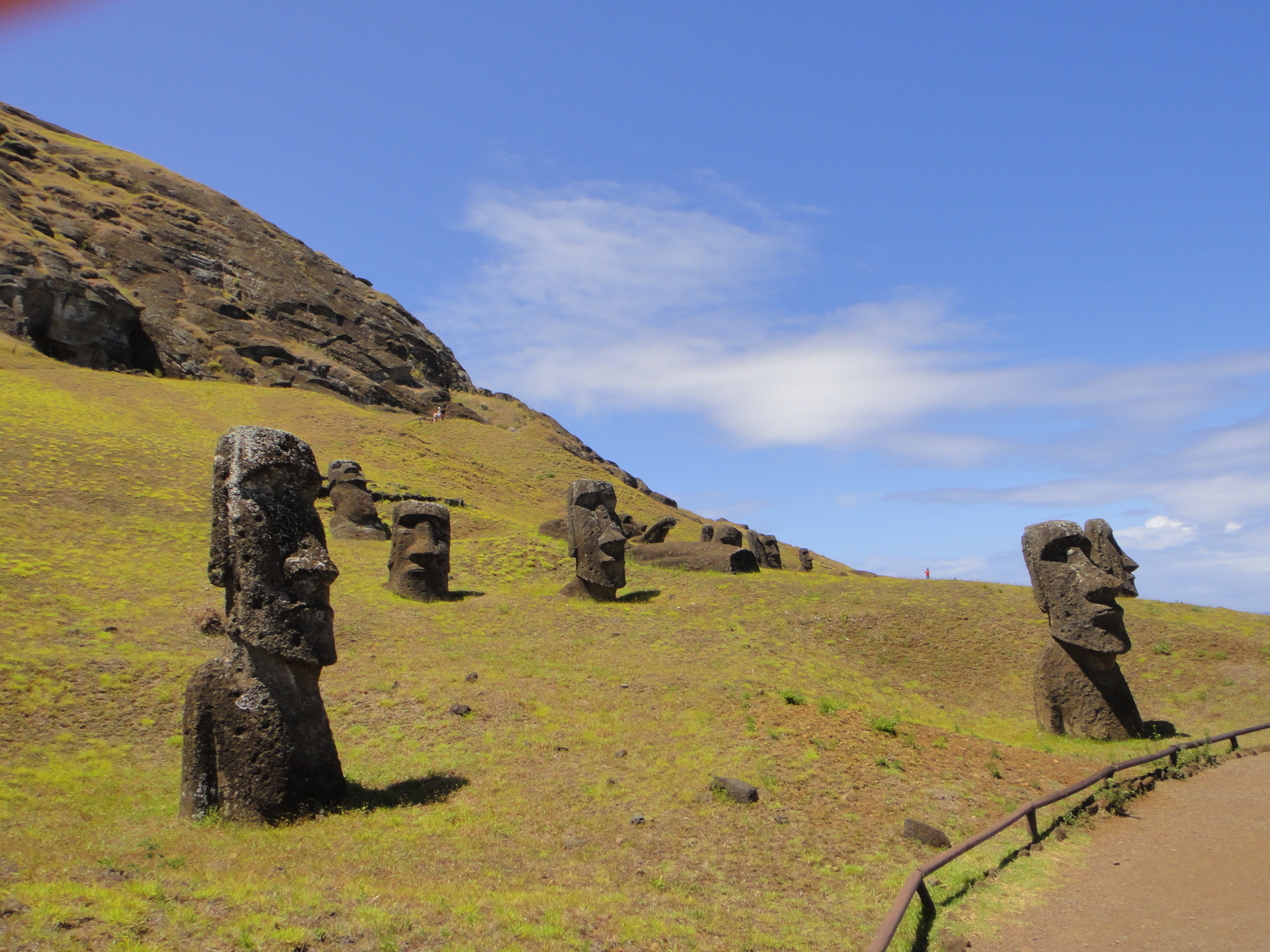Thoughts and observations on the Catastrophic Anthropogenic Global Warming juggernaut.
Some initial ponderings …….
Firstly I must make it clear that I do not ‘deny’ that climates change nor that regionally temperatures have changed over the 20th century. The term ‘denier’, with all its insidious implications, is unacceptable to apply to any scientist who is sceptical of current paradigms. Throughout my academic life I have worked with the concepts of changing climates over a range of times scales from multi-decadal to millions of years.
The current obsession with Carbon Dioxide as the thermostat for global temperature is not supported by empirical evidence. I am very much sceptical of the fervent belief in anthropogenic responsibility for observed variations in temperature beyond those produced by localised changes in the nature of the earth’s surface such as urbanisation (the Urban Heat Island (UHI) effect) and deforestation. The monitoring of air temperature (1.5m above the ground) has been much affected by land use changes and the modelling of temperature over larger areas is dominated by these very local changes. Much of the observed increase in ‘global’ temperature is an artefact of this and the inherent problems of geostatistics dependant on such measurements.
Changes in instrumentation is also an issue. Much has been made of Time of Observation bias in early temperature records but nothing about Transient Response bias (TBS) in electronic thermometers. While the UK Meteorological Office has shown an equivalence between traditional and electronic measurements in traditional settings the increasing use of airports as monitoring sites means that TBS is a far more serious problem for modern measurements.
There are also issues with our views of historical climates where adjustments are made of raw data to bring them into line with what climate scientists think they ought to have been.
Our modern abilities to monitor data with increased accuracy and precision, greater temporal and spatial resolution and greater accuracy in chrono-registration make it difficult to join modern records with the historical or proxy records, as shown by the infamous ‘hockey stick’.
The current local changes in temperature are claimed to be ‘unprecedented’ yet as we explore past temperatures, both from historical records and proxy data at finer temporal resolutions, we find that this is not the case. Temperatures have changed more quickly and more extremely in the past.
The current crop of models of global climates claim to understand the complexity of the atmosphere system, yet cannot cope with sub-decadal cycle such as ENSO. ENSO is treated as a balancing sub-system, with La Ninas cancelling El Ninos, yet this is demonstrably untrue. The models also depend on water vapour to amplify the warming effect of CO2, more a belief than a reality. The models are based on an understanding of the global energy budget that suggest that currently the earth should be cooling, yet appears to be warming, yet the warming is an artefact of the modelling. The models also depend on a belief that we fully understand the carbon cycle (ignoring tectonic inputs), yet each survey of volcanic emissions consistently increases the input of Carbon Dioxide to the atmosphere, without yet a fully reliable measurement of tectonic input. We can monitor the amount of Carbon Dioxide in the atmosphere on a daily basis, we can estimate the anthropogenic input on an annual basis, yet we cannot reliably monitor the natural fluxes to the same degree.
As I say, so many loose ends.


